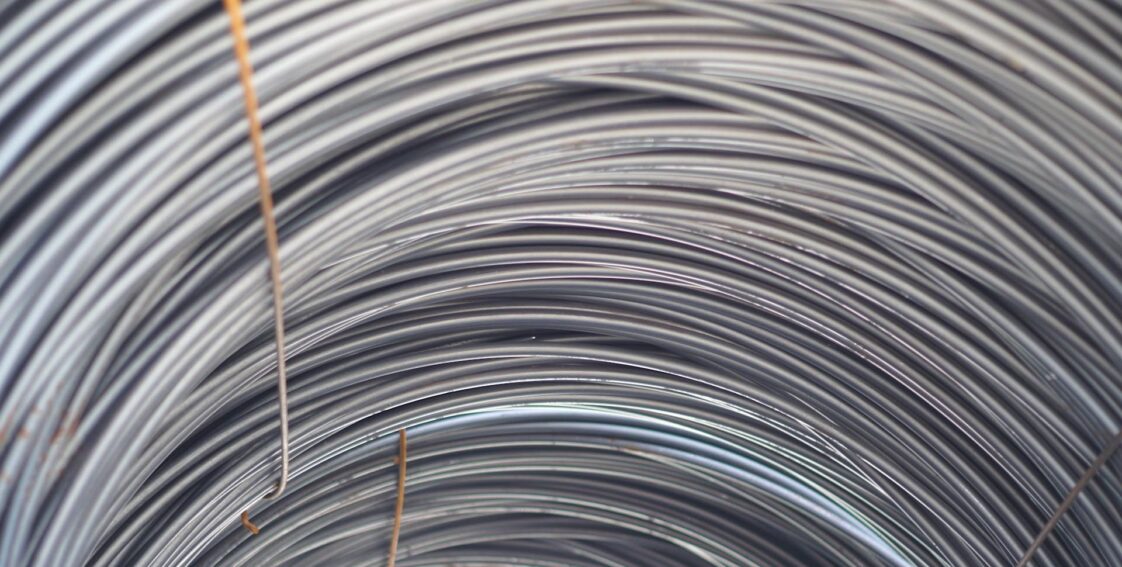
Your Guide to Stress Relieving Steel
Stress Relieving Steel
Stress relieving is a general heat treating phrase that can describe many different processes. Many materials can be stress relieved, including numerous types of metal and even plastics. The process of stress relieving steel involves subjecting steel parts to a temperature that is below critical range, or below the range of transformation.
Below, we’ll take a further look into the process of steel stress relieving, including how metal stress relieving works and what its benefits and industry applications are.
What Is Stress Relieving?
Steel stress relieving is the process of heating a metal or alloy to a below-critical range temperature. The purpose of this process is to relieve it of residual structural stresses that may have been caused by rough machining, straightening, rolling, or forming. In turn, this process allows a metal to be further manufactured or put to use with reduced risk of dimensional alterations and/or component failure.
The process of metal stress relieving is usually performed before a metal is finish ground or polished but after it has already been rough machined. Target temperatures usually range from 1,000 to 1,300 degrees Fahrenheit. The parts are kept at the desired temperature until a uniform temperature has been reached throughout—generally for about an hour. After this, they are left in the still air to cool.
At King Steel, we work with ferrous metals, including a variety of alloy and carbon grades of steel. We have the ability to process steel diameters ranging from three-fourths of an inch to 4 inches and lengths from 20 to 60 feet.
Benefits of Stress Relieving Metal
As previously mentioned, steel stress relieving is designed to remove residual stress caused by forming, machining, or welding. Its purpose serves as its primary benefit.
Removing residual stresses prevents three potentially negative outcomes from occurring with your metal. First, if residual stresses are left within the steel or metal before the material is put to use in real-world applications, it may fail. Second, if hardening occurs prior to the residual stresses being removed, the metal components may become distorted. Lastly, if residual stresses are not removed it could greatly affect upstream processes like forming and machining.
Various metal parts may benefit from the stress relieving process, including:
- Heavily Machined Castings
- Machined Parts With a Lot of Stock Removal
- Parts That Have Close Dimensional Tolerances
- Welded Assemblies (Usually Complex & Large-Sized)
Industry Applications
Steel stress relieving has a multitude of industry applications. As we mentioned earlier, it’s a process that is generally used on parts that have gone through rough machining.
Once steel has been stress relieved, it can be used for its intended purposes. It is important to note that any steel that has been heat treated in this way will retain its microstructure, hardness, and other mechanical properties imparted by previous heat treatment.
On the other hand, stress relieving may cause some surface oxidation. This can result in the appearance of a fine scale or simple discoloration.
Have Questions? Call King Steel Today!
King Steel is a worldwide distributor of steel, including steel bar, wire rod, and steel wire. We proudly work with mills across the United States and around the globe.
Metal stress relieving is not a service all manufacturers offer with their steel; however, it is a key processing capability provided by King Steel. If you are interested in our stress released steel or have questions about the process, please fill out our online form, and one of our specialists will be in touch with you shortly.